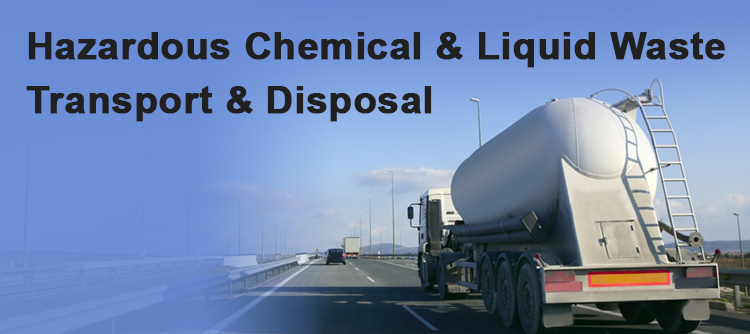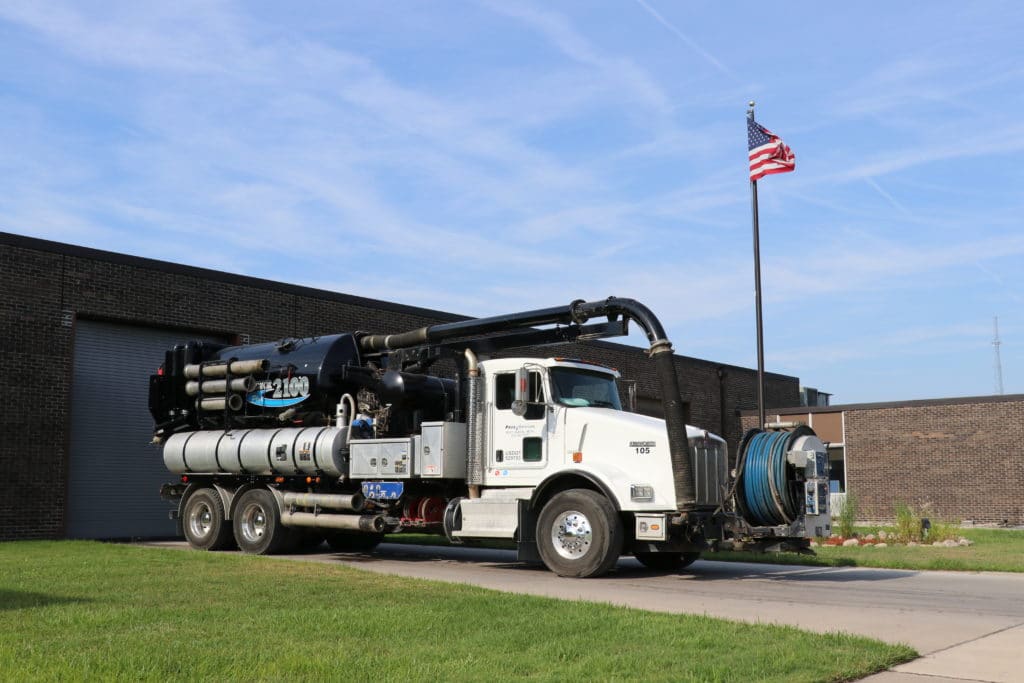Reputable Liquid Waste Disposal Melbourne: Safe and Efficient Services
How Liquid Garbage Disposal Works: An In-depth Introduction of Methods and Technologies Utilized

Review of Fluid Waste Types
The intricacy of fluid waste kinds demands a complete understanding of their qualities and effects for disposal. Liquid waste can generally be categorized right into several types, including commercial, municipal, agricultural, and unsafe waste. Each classification shows unique homes, calling for particular administration approaches to alleviate ecological and health dangers.
Industrial liquid waste stems from making processes and commonly has a series of contaminants, such as heavy metals, solvents, and natural substances. Community fluid waste, primarily comprising wastewater from homes and business facilities, consists of natural issue, nutrients, and pathogens (industrial wastewater treatment). Agricultural liquid waste, including overflow from ranches, might consist of fertilizers, pesticides, and animal waste, presenting dangers to water high quality and environments
Unsafe fluid waste is identified by its poisoning, reactivity, or potential to cause harm. This category includes substances like acids, bases, and specific chemicals that necessitate stringent handling and disposal protocols. Understanding these diverse liquid waste types is essential for developing effective disposal techniques and making sure conformity with environmental guidelines. Correct category and characterization are crucial for applying proper treatment methods and lessening the unfavorable impacts on public wellness and the atmosphere.
Physical Treatment Methods

Screening is the first action, where larger particles and particles are gotten rid of from the liquid waste utilizing screens or grates. In sedimentation containers, much heavier bits work out at the bottom, creating a sludge layer, while the cleared up liquid can be more treated.
Filtration is an additional essential method that entails passing the liquid via porous products, such as sand or membranes, to capture smaller sized bits. This action enhances the top quality of the liquid, making it appropriate for subsequent therapy processes.

Chemical Therapy Techniques
Chemical treatment techniques are necessary for properly managing liquid waste, particularly in attending to liquified and colloidal impurities that physical approaches might not sufficiently get rid of. These strategies make use of numerous chemical representatives to counteract, speed up, or change hazardous substances right into much less unsafe forms.
One common method is coagulation and flocculation, where chemicals such as alum or ferric chloride are contributed to advertise the gathering of suspended fragments. This process improves sedimentation, permitting easier elimination of the resulting sludge. Additionally, oxidation processes, employing representatives like chlorine or ozone, are employed to break down complicated natural substances and microorganisms, providing the waste much safer for discharge or further therapy.
Neutralization is an additional critical strategy, which adjusts the pH of acidic or alkaline waste streams to neutral levels, preventing possible injury to downstream systems and the atmosphere. Moreover, advanced oxidation procedures (AOPs) use combinations of oxidants and ultraviolet light to break down consistent pollutants, achieving a greater degree of treatment performance.
Biological Therapy Processes
Biological therapy processes play an essential duty in the administration of liquid waste by utilizing microorganisms to decompose raw material and reduce impurity levels. These useful link procedures can be broadly classified right into aerobic and anaerobic therapies, each employing certain microbial communities to accomplish reliable waste degradation.
Cardio treatment includes the usage of oxygen to promote the malfunction of natural products by bacteria. This procedure is frequently applied in activated sludge systems, where aeration storage tanks offer a favorable environment for microbial development, resulting in the oxidation of natural contaminants. The resultant biomass can be divided from dealt with effluent through sedimentation.
In contrast, anaerobic therapy happens in the absence of oxygen, depending on various bacteria to break down raw material. This technique is particularly helpful for high-strength waste, as it creates biogas, a renewable resource source, while minimizing sludge manufacturing. Technologies such as anaerobic digesters are frequently used in industrial and municipal applications.
Both anaerobic and cardio organic treatments not only minimize the environmental impact of fluid waste yet likewise help with resource recuperation, making them essential parts of sustainable waste management techniques. Their performance, versatility, go to these guys and efficiency support their extensive execution across numerous industries.
Emerging Technologies in Disposal
Cutting-edge methods to fluid garbage disposal are rapidly advancing, driven by innovations in technology and a boosting focus on sustainability. Amongst these arising technologies, membrane bioreactors (MBRs) have actually liquid waste disposal obtained grip for their ability to combine biological treatment with membrane layer filtration, causing top quality effluent that can be reused in different applications. MBRs allow smaller footprints and a lot more effective operations compared to standard systems.
One more encouraging growth is the usage of anaerobic food digestion incorporated with nutrient recuperation modern technologies, which not just deals with liquid waste but also generates biogas and recoups beneficial nutrients like nitrogen and phosphorus. This twin advantage boosts source performance and minimizes ecological effect.
Furthermore, progressed oxidation procedures (AOPs) are being embraced for the deterioration of complicated organic pollutants. These methods use powerful oxidants and stimulants to damage down pollutants at the molecular level, offering an extremely reliable service for challenging waste streams.
Moreover, the assimilation of fabricated intelligence and artificial intelligence in waste monitoring systems is enhancing operational performance and anticipating maintenance, resulting in reduced prices and enhanced environmental conformity. These technologies reflect a considerable shift in the direction of even more reliable and sustainable fluid waste disposal practices.
Verdict
In verdict, effective liquid waste disposal demands a detailed understanding of numerous techniques and innovations. By continually progressing these methodologies, it becomes feasible to attend to the expanding challenges associated with liquid waste, inevitably adding to ecological defense and resource recovery.
Liquid waste disposal is an essential facet of ecological monitoring, calling for a thorough understanding of various techniques and technologies tailored to different waste types. Liquid waste can extensively be categorized into several types, including commercial, metropolitan, farming, and unsafe waste. Agricultural fluid waste, including drainage from ranches, may consist of plant foods, pesticides, and animal waste, posturing risks to water high quality and communities.
Numerous physical treatment approaches play a crucial duty in taking care of fluid waste successfully - industrial wastewater treatment.In final thought, effective liquid waste disposal demands a detailed understanding of different methods and technologies